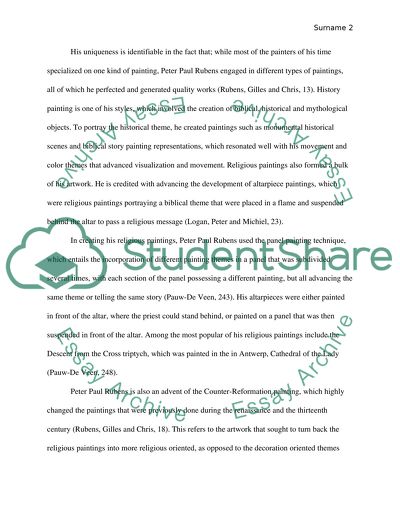Cite this document
(“Peter Paul Rubens (Flemish, 1577-1640) Research Paper”, n.d.)
Peter Paul Rubens (Flemish, 1577-1640) Research Paper. Retrieved from https://studentshare.org/history/1461978-about-art-and-artiest
Peter Paul Rubens (Flemish, 1577-1640) Research Paper. Retrieved from https://studentshare.org/history/1461978-about-art-and-artiest
(Peter Paul Rubens (Flemish, 1577-1640) Research Paper)
Peter Paul Rubens (Flemish, 1577-1640) Research Paper. https://studentshare.org/history/1461978-about-art-and-artiest.
Peter Paul Rubens (Flemish, 1577-1640) Research Paper. https://studentshare.org/history/1461978-about-art-and-artiest.
“Peter Paul Rubens (Flemish, 1577-1640) Research Paper”, n.d. https://studentshare.org/history/1461978-about-art-and-artiest.


